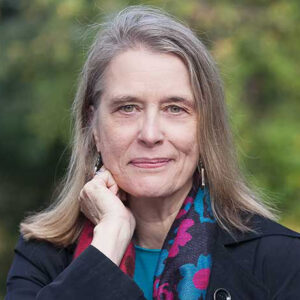As an expatriate American and an Australian citizen, the experience of Anzac Day in Australia is filtered through my childhood memories of celebrations around the Fourth of July and Memorial Day in the United States. Memorial Day is the American national holiday that honours the men and women who died while in service of the US military and is the equivalent of Anzac Day. Anzac Day is a national day of remembrance that broadly commemorates all Australians and New Zealanders ‘who served and died in all war.’
Both the Anzac Day and the Memorial Day ceremonies share an earnest solemnity. Veterans, local dignitaries, school children and members of service groups participate in commemorative events. There are speeches, recitations of poetry, brass bands perform and, buglers play the Last Post. Floral wreathes are laid on cenotaphs and small flags are placed on veterans’ graves. These rituals, though reassuring, cannot shield us from the reality that both days exist to commemorate the loss and grief stemming from human conflict.
Australia’s and New Zealand’s Anzac narrative of unblemished youth dying on a foreign shore on behalf of King and country is haunting. More than 2,700 New Zealand and 8,700 Australian soldiers died and many more were wounded in a failed military assault in the eastern part of Turkey at Gallipoli during WWI. Loss of life in these circumstances is tragic and yet, we are beseeched to search for nobility in these Anzac’s abbreviated life stories. In Australia, there has finally been acknowledgement of the Indigenous and Chinese families who fought and lost sons in WWI. Racism during wartime and after has remained as persistent as warfare itself.
On Anzac Day, all around Australia, groups gather for services with stone cenotaphs as the centerpieces. The cenotaphs stand like surviving pillars from some ancient ruins and are the symbolic tombstones for those who never returned and were buried overseas. The names of lost soldiers and others fallen in battle are etched into the stone or engraved on bronze plaques. The names are in alphabetical order like children in a classroom forever being called to attendance.
There has been progress in accurately calculating the number of lives lost during World War II. Figures are still inexact but it is estimated that eight-five million died or were wounded in the war. Since 1946, the number of war-related deaths has been in a decline. In recent years, the annual death toll tends to be less than 100,000 worldwide. Perhaps, we should see this as progress but it does not necessarily mean we are achieving a more peaceful world when armaments like drones replace humans. (The annual death toll of non-combatants is increasing with an estimated 200,000 dead in the Ukrainian conflict.)
Anzac Day and Memorial Day commemorate the loss of life in warfare but they also serve as annual placeholders to remind us that we, the human race, have learned nothing. We still await further opportunities to honour more casualties and create more Russian and Ukranian veterans since Russia’s invasion of Ukraine, and a myriad of other nationalities of veterans with the ongoing hostilities between Palestinian and Israel and now Sudan.
Holocaust survivor and author Eddie Jaku mourned the loss of Jewish scientists, artists and great thinkers murdered by the Nazis. The loss of human life whether at the hand of maniacs or through warfare is a collective loss. What could these women and men have contributed if they had lived? Would we have a colony on Mars, universal health care, or perhaps a solution to the climate crisis and world peace?
Robert E. Lee, a Confederate General in the American Civil War wrote, ‘It is well that war is so terrible, otherwise we should grow too fond of it.’ Humanity seems eager to learn the same lesson over and over. Lee was admitting that there is something contradictory in human nature. We yearn for peace but at the same time, there is a powerful attraction to the spectacle and bloodlust of war.
The Anzac story has become an Australian national narrative, a way to turn a disheartening story of senseless loss into a country’s coming of age saga. Rituals like Memorial Day and Anzac Day are a consolation for the living. Sadly, these young Australians’ deaths and the deaths of others worldwide, have not prevented an ever-expanding list of contemporary hostilities, hostilities that continue to boggle the mind and sap the soul.
